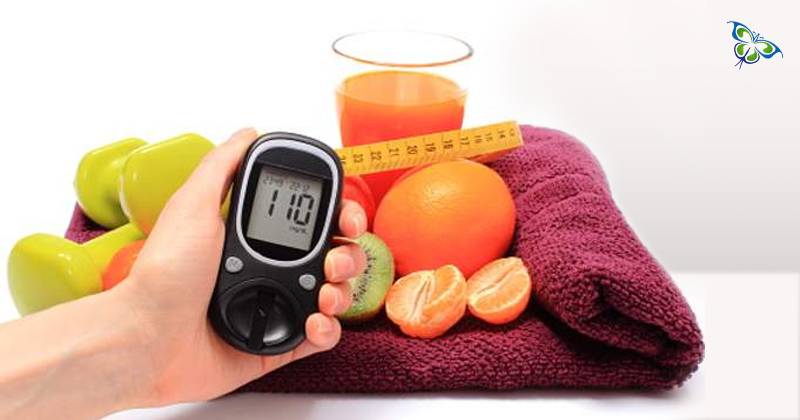
Hello
Select Address

Blood glucose control concerns almost every alternate household today. This inference can be drawn from the fact that almost 50% of US citizens are concerned with diabetes. They are either diabetic or pre-diabetic. Type2 diabetes is the more prevalent form of diabetes. Hence, controlling blood sugar, especially via lifestyle corrections is one of the most researched topics now.
While there are certain products (like diabetic socks, etc.) to provide relief to the sufferers (we will discuss them later in this article), natural means to keep diabetes at bay is the more popular choice.
Sleep sufficiently
It is said that you ‘live sufficiently when you sleep sufficiently’! Sleep deprivation leads to several anomalies in your health. It disturbs the normal secretion of growth hormones (GH) and increases the appetite too. Both these contribute to weight gain which is a bane for diabetics. Cortisol levels on the other hand increase too, which has its adverse impacts upon the body's sugar levels!
According to experts, 6 to 8 hours of sleep is sufficient for the body and mind.
Keep a check on your bodyweight – reduce it, if required!
Obesity again increases insulin resistance – the more your BMI (body mass index) the more your body muscles and tissues resist insulin. This calls for 'physical exercise'. Now you can probably guess why exercise has a role to play in the body's blood glucose levels!
The more muscles work, the more fuel they need. In a normal individual (non-diabetic) insulin helps the muscles absorb glucose from the bloodstream and to keep the balance undisturbed, the liver stores the extra glucose as glycogen. In diabetics, there is either insufficient insulin or the cells do not respond appropriately to insulin, leaving excess glucose in the blood. However, with exercise, the muscles are forced to act differently, they either absorb glucose directly without the help of insulin or they become active to insulin. Studies have shown how a regular moderate-intensity exercise regime can have a positive impact on the glucose level.
Check your food habits and choose low glycaemic eatables
Besides the above-discussed measures, food intake has a crucial role to play in diabetic patients – especially type-2 patients. Low carb intake, a high-fiber diet, drinking plenty of water, etc. are some of the highly recommended eating and drinking habits for diabetics. Now, fiber is of two types – soluble and insoluble. Specifically, the soluble fibers have been the more effective ones. They tend to slow the absorption of sugar, controlling the glucose level in your blood!
The wisest thing to do is, choose foods with a low glycaemic index. Most of the fruits, green vegetables (especially the non-starchy ones), dairy products like yogurt have significantly low glycaemic levels.
As we all know, during stress, the hormones cortisol and glucagon are secreted. Growth hormones and adrenaline release also increase. During such times, the body becomes less responsive to insulin. To put it simply, the insulin secretion levels fall, and blood glucose piles up. It is therefore advised that you go for remedies that evolve from lifestyle changes. In this case, yoga, meditation, breathing exercises, and such other relaxing techniques have a pivotal role to play!
The need for insulin intake
In the section above, we have only spoken about lifestyle changes and diet as well! However, this might be disheartening, but yes, at times you'd need insulin to keep your blood glucose level on a check! If you are a type-1 diabetic or your type-2 diabetes is too high to be controlled with other measures, insulin intake happens to be your only choice! For the type-2 patients, lifestyle changes are therefore highly recommended!
[Read more: Diabetic skin conditions]
If you are under the impression that your glucose meter displays the exactly accurate results, you are precisely wrong. Even the ones that come with a guarantee bear the certainty of a range of 20%. If the glucose level is 100mg/dL, your meter will read anything between 80 and 20. Many diabetics are, therefore, in the habit of using 'control solutions'. So, what are diabetic control solutions?
Many commonly term it as “fake blood” as the solution contains a ‘known level’ of glucose. This, when placed on the testing strip, lets you test whether your meter is giving accurate results! The question here is – whether blood glucose control solutions are reliable. Well, different professionals hold different opinions. You may seek the advice of your medical expert or pharmacist and the choice is finally yours!